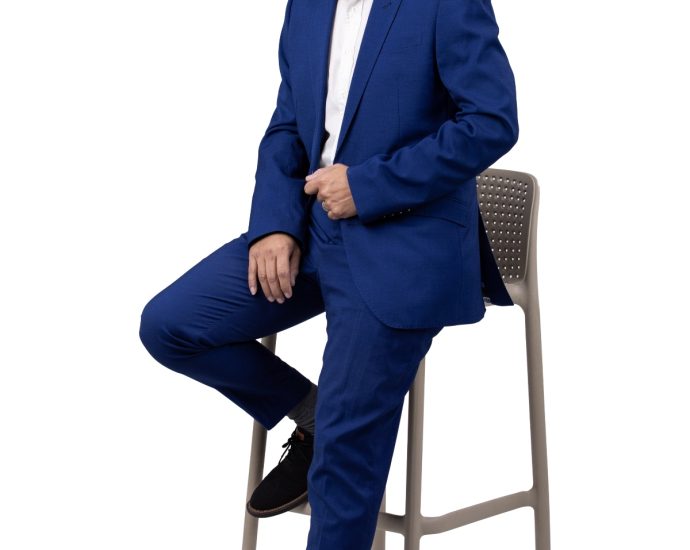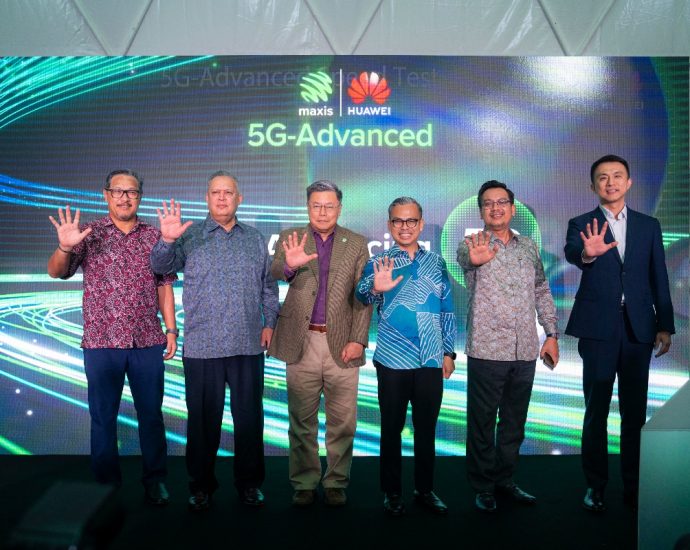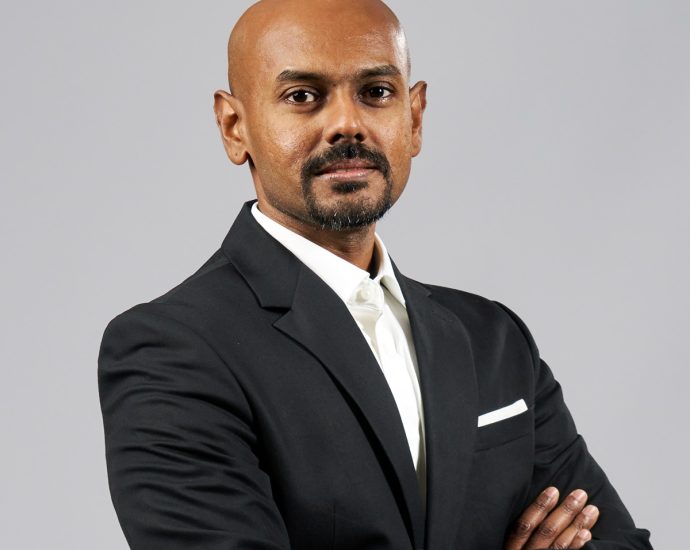Soft Space first in the world to deploy live MPoC-certified solution
- FasstapTM first MPoC-certified SoftPOS solution in market to support secure PIN entry
- Claims to have world’s largest SoftPOS deployment with most SoftPOS use cases

Soft Space Sdn Bhd, a leading fintech-as-a-service (FaaS) provider, has announced that its SoftPOS solution, FasstapTM, is the first in the world to receive the Mobile Payment Commercial Off-the-Shelf (MPoC) Solution Provider certification, awarded by the Payment Card Industry Security Standards Council (PCI SSC).
As a result, Fass Payment Solution Sdn Bhd, a wholly-owned subsidiary of Soft Space, is the first acquirer in the world to deploy a live MPoC-certified SoftPOS solution. FasstapTM was the first SoftPOS solution in the market to support secure PIN authentication and has been certified by Payments Network Malaysia Sdn Bhd (PayNet) since October 2018 and subsequently with Visa in July 2019.
The MPoC certification, given by the de facto authoritative payment standards body, is the most complete PCI SSC certification for SoftPOS solution to date, one that will allow Soft Space to launch a live end-to-end SoftPOS solution in any market globally. This complete certification differs from partial certification of components such as MPoC Software/Attestation and Monitoring. Solution providers that only have partial certifications will still require end-to-end certification to launch a complete live solution. The complete certification covers all of MPoC’s domains from front end to back end.
“Despite some solution providers having announced partial MPoC certification, they still can’t launch a complete live MPoC-certified solution. Rather than taking a piecemeal approach, Soft Space chose to focus on achieving a complete MPoC Solution certification. Being first in the world to achieve end-to-end MPoC Solution certification is a real game changer for Soft Space and is the ultimate validation that FasstapTM is the market leader for SoftPOS,” said Joel Tay, CEO of Soft Space.
“I’m proud that Soft Space is the first in the world to have done so and this accelerates our ability to bring FasstapTM to the market ahead of our competitors. It also positions us as the go-to partner for banks, acquirers, neobanks and other solution providers seeking a MPoC-certified, reliable and secure SoftPOS solution,” Tay added.
MPoC is currently the most comprehensive and flexible standard, and surpasses previous standards such as Software-based PIN Entry on Commercial Off-the-Shelf (SPoC) and Contactless Payments on
Commercial Off-the-Shelf (CPoC) as well as various contactless standards individual card schemes that VISA and Mastercard have come up with.
The MPoC certification complements the company’s previous achievements, including being the first to receive PCI SPoC certification in August 2019. Soft Space claims to have the world’s largest SoftPOS deployment, has patents in various countries, and boasts the most SoftPOS use cases (including innovative applications in transit and logistics).
The arrival of the MPoC standard is set to change the contactless payment scene as the de facto standard moving forward. With this development, only payment solution providers which are officially certified by PCI on its official website are approved MPoC-certified solution providers. The impact of this cannot be overstated as there are many payment solution providers in the market who might claim to be certified solution providers when they are only partially certified.
Against this scenario, Soft Space has distinguished itself as the first SoftPOS provider in the world to achieve end-to-end certification. This is crucial as banks and acquirers will increasingly scrutinise the credentials of solution providers they choose to work with by checking if they are certified on PCI SSC’s website. Soft Space’s early attestation serves as a powerful differentiator, giving the company a strategic advantage over competitors.
“Obtaining MPoC Solution certification is a complex, time-consuming process and is no easy feat. Soft Space’s achievement underscores our unwavering commitment to meet the payment industry’s highest standards. With this, we can help any customer or partner to quickly and effectively promote and deliver digital, frictionless and cost-effective payment acceptance for merchants and banks and acquirers worldwide with greater confidence, as well as to enter more new market segments globally,” said Tay.


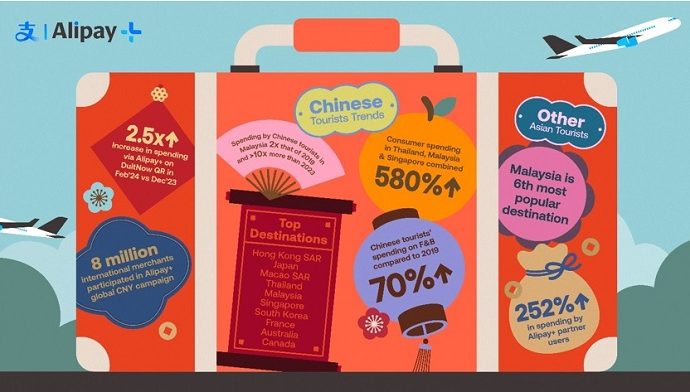

 “With its use spreading across age and income groups, mobile payment is increasingly becoming an important promoter of local and cross-border commerce in Asia and beyond,” said Dr Cherry Huang (pic), General Manager of Alipay+ Offline Merchant Services, Ant International. “Particularly through our partnership with PayNet, we have seen a significant increase in Alipay+ transactions on the DuitNow QR network, which shows that it not only provides great convenience to tourists but also brings more opportunities to local businesses, both big and small. We look forward to strengthening our collaborations with local partners to contribute to the vibrant tourism sector in Malaysia.”
“With its use spreading across age and income groups, mobile payment is increasingly becoming an important promoter of local and cross-border commerce in Asia and beyond,” said Dr Cherry Huang (pic), General Manager of Alipay+ Offline Merchant Services, Ant International. “Particularly through our partnership with PayNet, we have seen a significant increase in Alipay+ transactions on the DuitNow QR network, which shows that it not only provides great convenience to tourists but also brings more opportunities to local businesses, both big and small. We look forward to strengthening our collaborations with local partners to contribute to the vibrant tourism sector in Malaysia.” PayNet. “This partnership, exemplifying how strategic collaborations can drive economic growth and enhance the tourism experience, has facilitated easy payment for international visitors and opened up a world of opportunities for local merchants.”
PayNet. “This partnership, exemplifying how strategic collaborations can drive economic growth and enhance the tourism experience, has facilitated easy payment for international visitors and opened up a world of opportunities for local merchants.” 

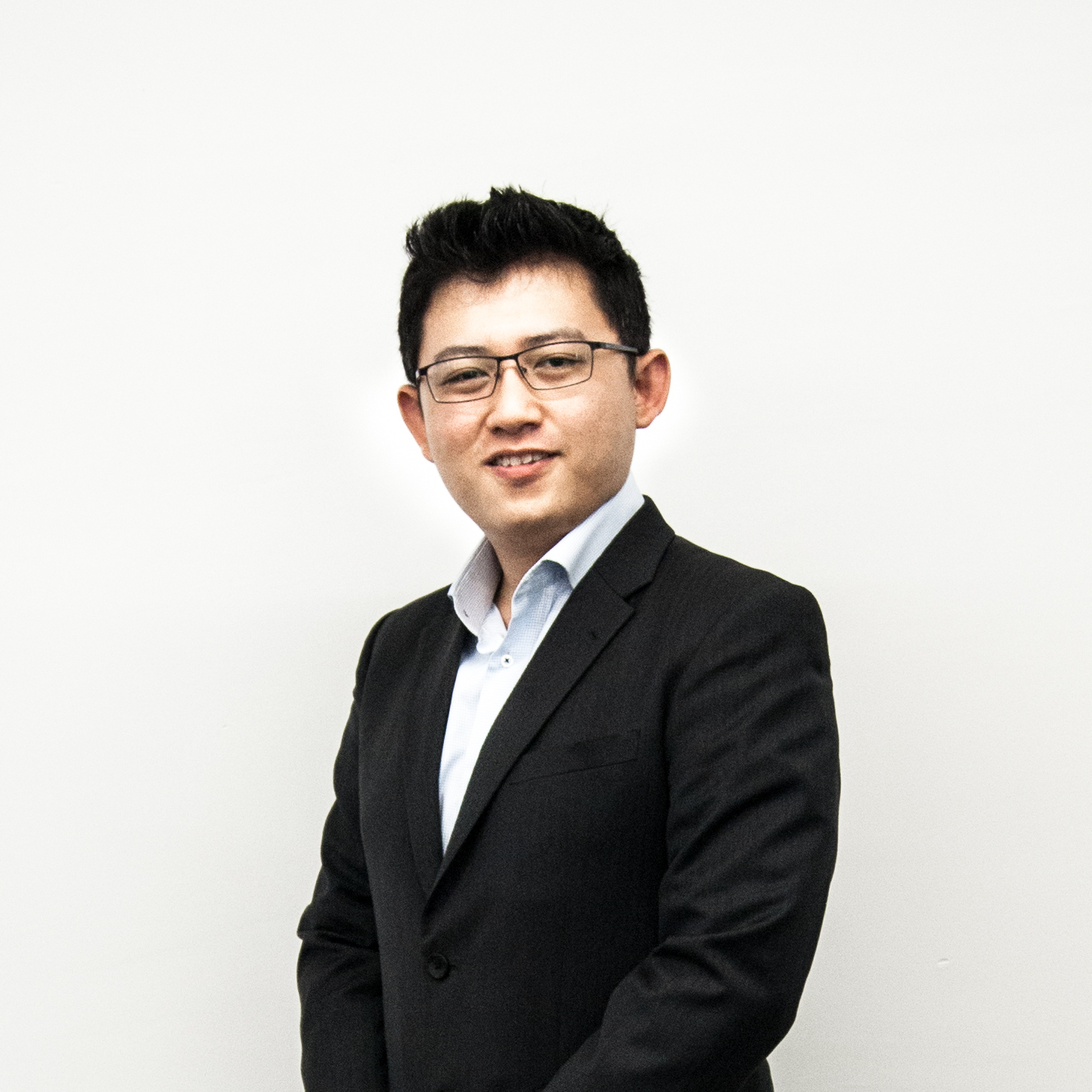 ections with payment-centric firms that not only align with our strategic vision but also profoundly resonate with our stakeholders’ aspirations,” Yeoh said.
ections with payment-centric firms that not only align with our strategic vision but also profoundly resonate with our stakeholders’ aspirations,” Yeoh said. 

